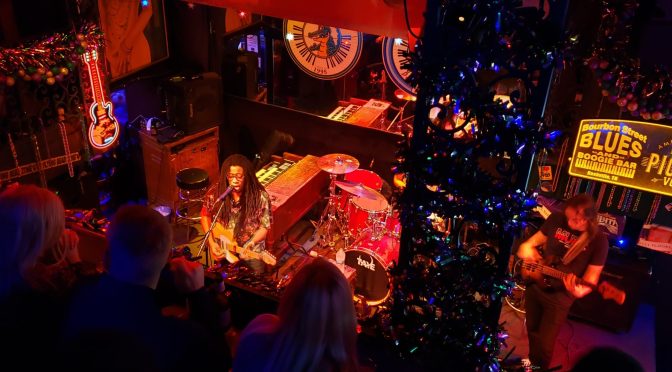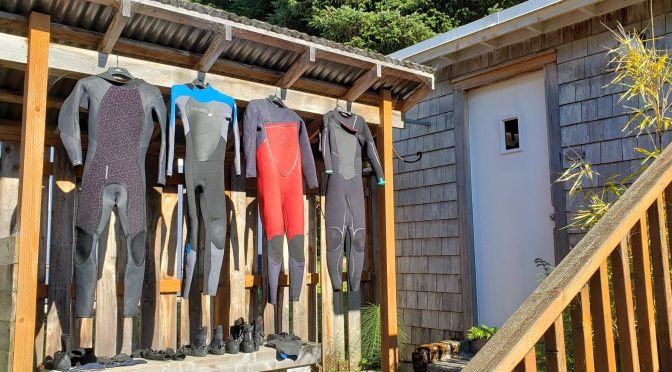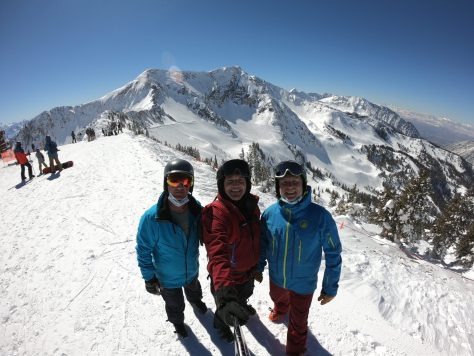It was great to be in Nashville, Tennessee this year for the annual International Economic Development Conference. It was funny to travel so many miles to finally spend quality time with many of my colleagues here in Greater Seattle and Washington State. It was a pleasure to also see some old friends from my days doing economic development in Atlanta and Georgia. We produced a lot of award-winning campaigns back then.
Diversity, equity and inclusion were big topics of conversation as we work to build more resilient local economies in the face of an ongoing pandemic.
Here is a recent article I contributed to their “Economic Development Now” publications and research series on economic recovery:
Economic Recovery Spotlight: Greater Seattle Partners
Greater Seattle has experienced unprecedented and continuous economic gains since the 1990s. Global companies like Microsoft have risen to prominence and further diversified the regional economy from a historical reliance on Boeing and aerospace. Legendary companies such as Alaska Airlines, Amazon, Costco, and Starbucks have also come to call Greater Seattle home. Before the pandemic, the region ranked number one in annual GDP growth among large U.S. metropolitan areas. The Brookings Institute referred to Greater Seattle as one of five superstar regions and a top innovation hub. But like many fast-growing economies, the economic headlines hid challenges across the region.
Shortage of good jobs
A 3 percent unemployment rate pre-Covid obscured the fact that nearly 900,000 people in Greater Seattle were out of work or stuck in low-wage jobs.
Race and gender disparities across the economy
Race- and gender-based disparities were significant in terms of both income and business ownership. For example, just 38 percent of women of color with college degrees in Greater Seattle had a good job ($25/hr + benefits), versus 65 percent of white men with college degrees.
Too few successful new businesses
Amidst a booming tech economy, Greater Seattle’s entrepreneurship ecosystem was growing by less than 8 percent.
In 2020, the reality of the global pandemic, its long-term economic challenges, and racial injustice escalated awareness of long-standing inequalities and a need for action. These factors drove a swelling of demand amongst Greater Seattle’s business and civic leaders to collaborate on an equitable recovery plan, and they tapped Greater Seattle Partners (GSP) to lead conversations to devise a way forward.
In May of 2020, GSP convened more than 200 community leaders across private and public sectors from King, Pierce, and Snohomish Counties to form a task force and develop a recovery framework, now called Forward Together. Over the course of a year, the task force developed goals, strategies, and actions, and then assembled a portfolio of ten specific, measurable initiatives that span four areas of focus. Published in June 2021, the Regional Recovery Framework serves as a roadmap for building a more resilient, equitable, and inclusive economy.
In September 2021, Forward-Together.org was launched to track and promote regionwide implementation of the framework, and to understand progress and address gaps. With additional leadership support from groups such as Civic Commons, Puget Sound Regional Council, the Seattle Metropolitan Chamber, and the Washington Roundtable, private and public leaders meet quarterly to further advance this work.
Greater Seattle companies have the resources and reach to lead economic recovery worldwide. But achieving our greater goals for more equitable participation in the region’s prosperity will not happen overnight. These initiatives are only successful if they accelerate economic recovery and realize the potential of those who have been most systemically excluded. Fortunately, there are already many positive signs with greater collaboration and investment in existing and new programs. By working together regionally, Greater Seattle can build the most equitable, innovative, and resilient economy in the nation.

























